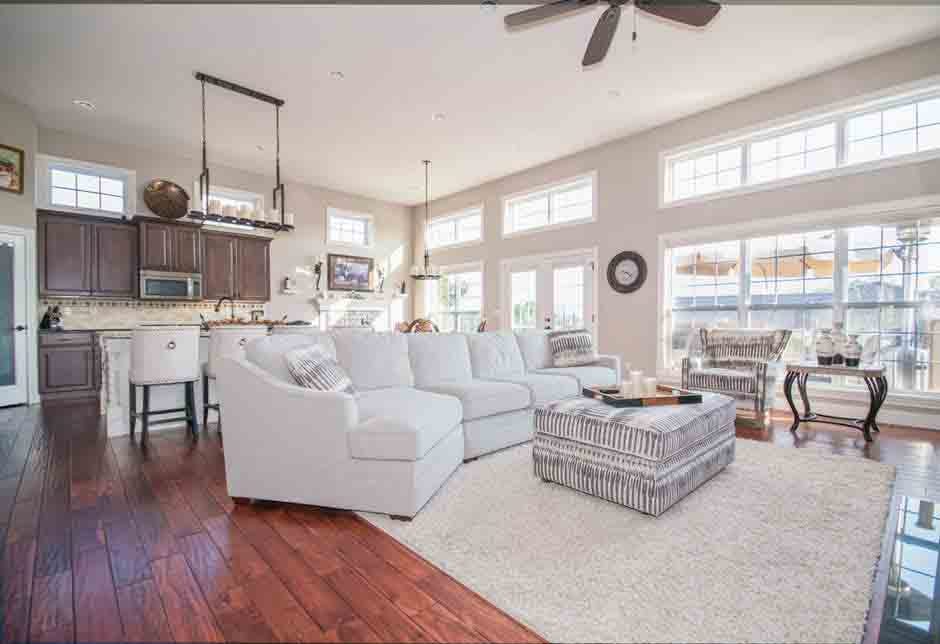
What Is Adaptive Equipment? How Adaptive Equipment Helps in Your Daily Life
Did you know that 1 in 4 adults in the US has some type of disability?
More and more adaptive devices are available for people living with disabilities. But what is adaptive equipment? Read on to find out.
What Is Adaptive Equipment?
Adaptive equipment is any tool, device, or machine that is used to help with any task associated with daily living. Adaptive devices are generally used by people who have a short or long-term disability.
But what is adaptive equipment specifically?
Adaptive equipment doesn't have to be complicated or fancy. A piece of rope tied to the trunk of a hatchback or long-handled loofahs allow people with limited reach to wash their lower bodies.
Assistive devices can be created or purchased so long as they achieve the end result of making tasks possible for people with disabilities.
Types of Adaptive Equipment
There are various kinds of adaptive equipment. These fall under several categories depending on the type of assistance they give.
One of the most widely used types of adaptive equipment relates to mobility.
Mobility Equipment
Almost 25% of people aged 65 and older used mobility devices such as canes. Seniors are at risk of depression and isolation with reduced mobility. That's why equipment in this category is so vital.
Wheelchair accessible vehicles would also fall under mobility equipment.
Daily Living
This category includes a spectrum of products that assists individuals with daily living. Items in this category range from bath railings to reaching devices, hearing aids, and feeding aids.
According to the Harvard School of Medicine, nearly two-thirds of Americans over the age of 65 need help with certain everyday activities such as eating, bathing, and getting in and out of a bed or chair. Daily living aids make it possible for individuals to fill many of these needs.
The number of items that fall under this category is staggering. Examples of adaptive devices include equipment to help with dressing, bathing, grooming, eating, and toileting.
Here are some common examples in each of these groupings.
- Adaptive Equipment for Dressing
- Dressing sticks
- Sock aids
- Long-handled shoe horns
- Button hooks
- Elastic shoelaces
- Adaptive equipment for bathing
- Tub or shower chair
- Handheld shower
- Grab bars
- Transfer board or a mechanical lift
- Adaptive Equipment for Toileting
- Commodes
- Grab bars
- Specialized height toilets
- Toilet aid to assist with cleaning the perineal area
- Leg straps to help lift legs
- Adaptive Equipment for Eating
- Adaptive utensils
- Non-skid bowl
- Plate guard
- Scoop dish
- Long straw
There are many other items that fall under these categories. These are just examples of the type of assistive devices that could be helpful to certain individuals.
Adaptive Equipment for Instrumental Activities of Daily Living
Instrumental activities of daily living (IADLs) are activities that enhance daily life beyond the basic daily tasks.
These devices assist with communication, cognition, leisure, as well as safety.
Assistive devices that relate to communication management include communication boards, hearing aids, screen readers, speech-generating devices, and amplified telephone equipment.
Adaptive equipment for leisure includes adaptive toys and sports equipment. In terms of safety, wearable call buttons and fall detection devices are types of assistive equipment.
Adaptive Equipment For Quality Living
Thanks for reading. We hope this article has answered your questions such as, what is adaptive equipment and how can it help people with disabilities live life to the fullest.
BraunAbility is the most recommended name in mobility. Contact us today to find the perfect fit for your needs.




